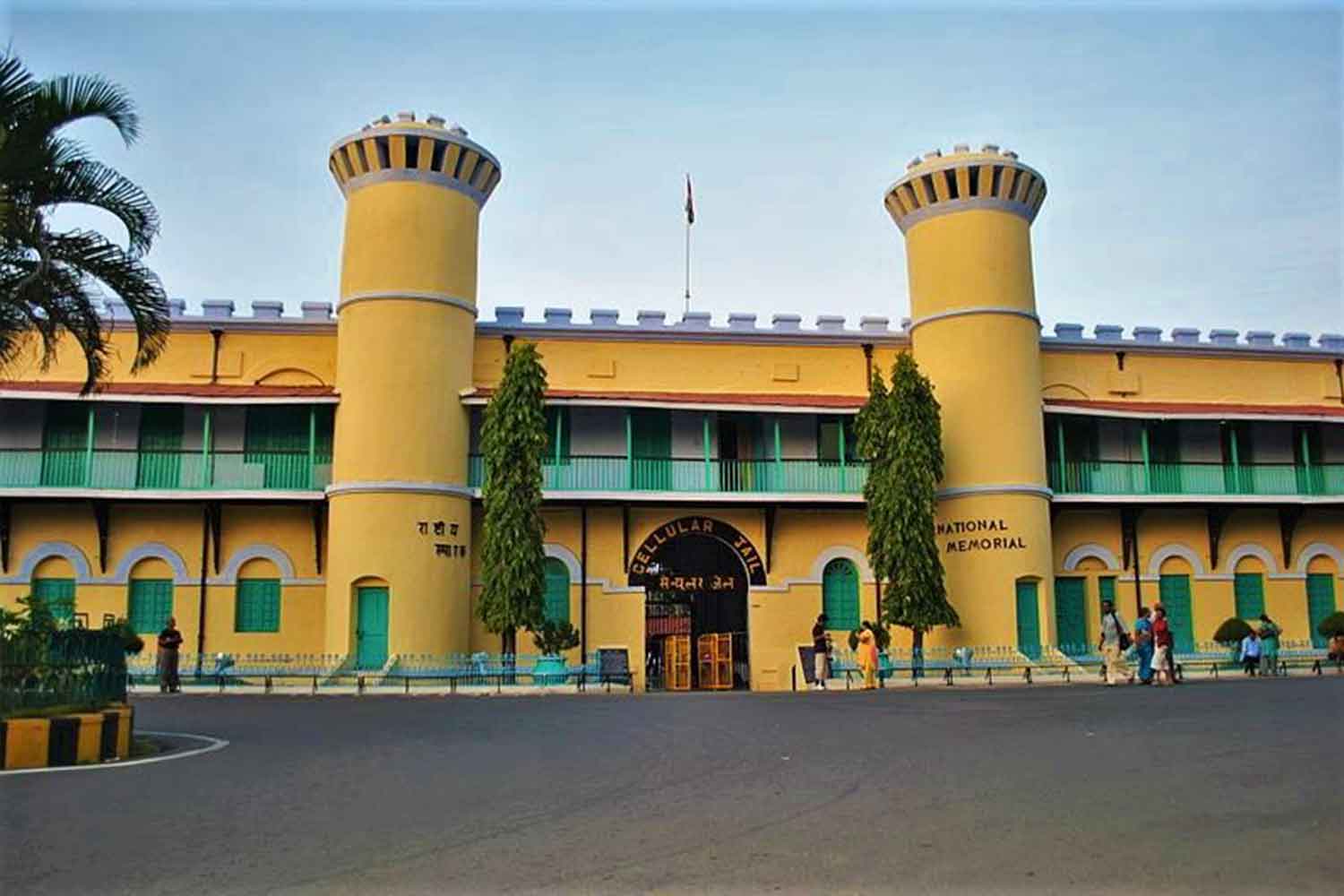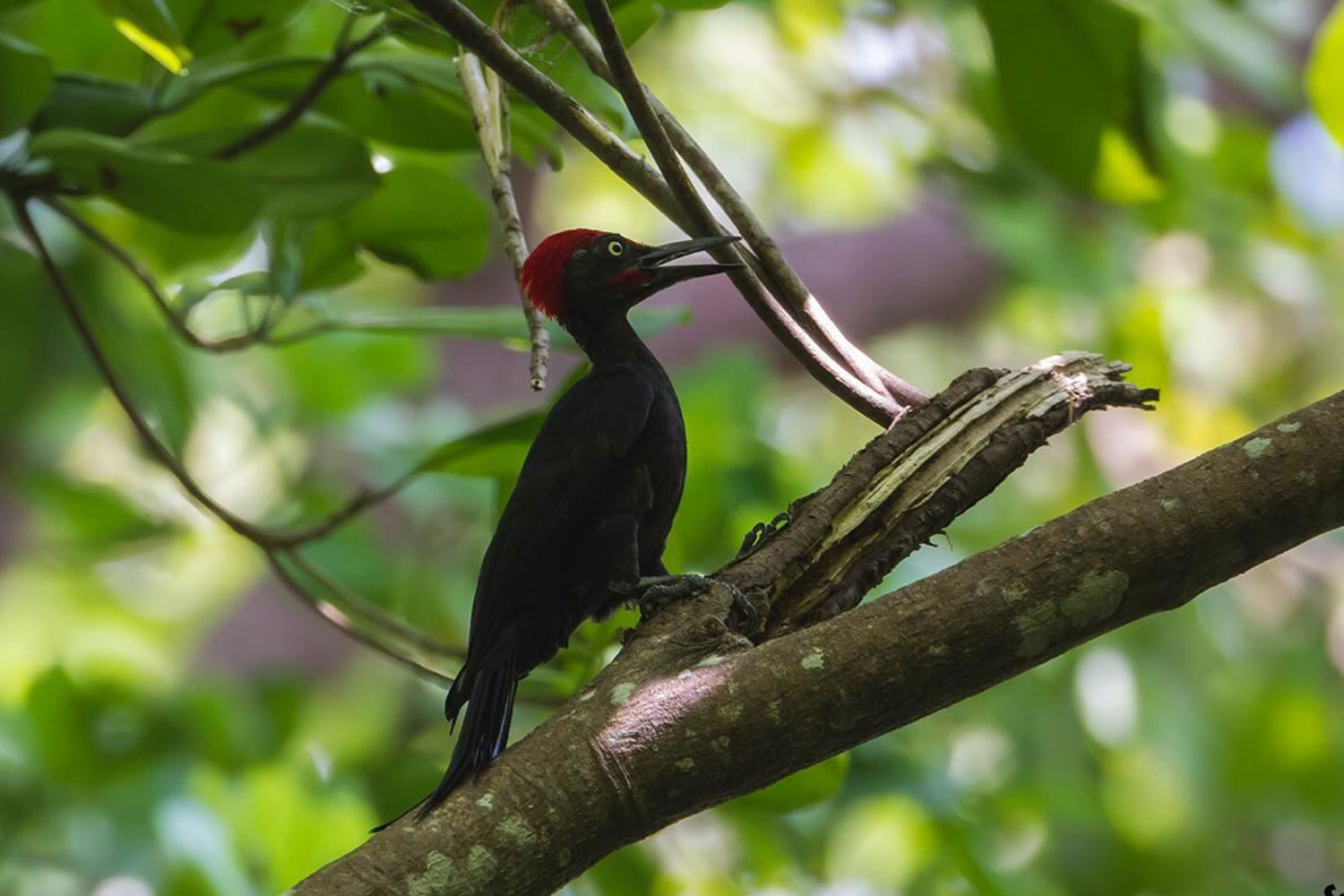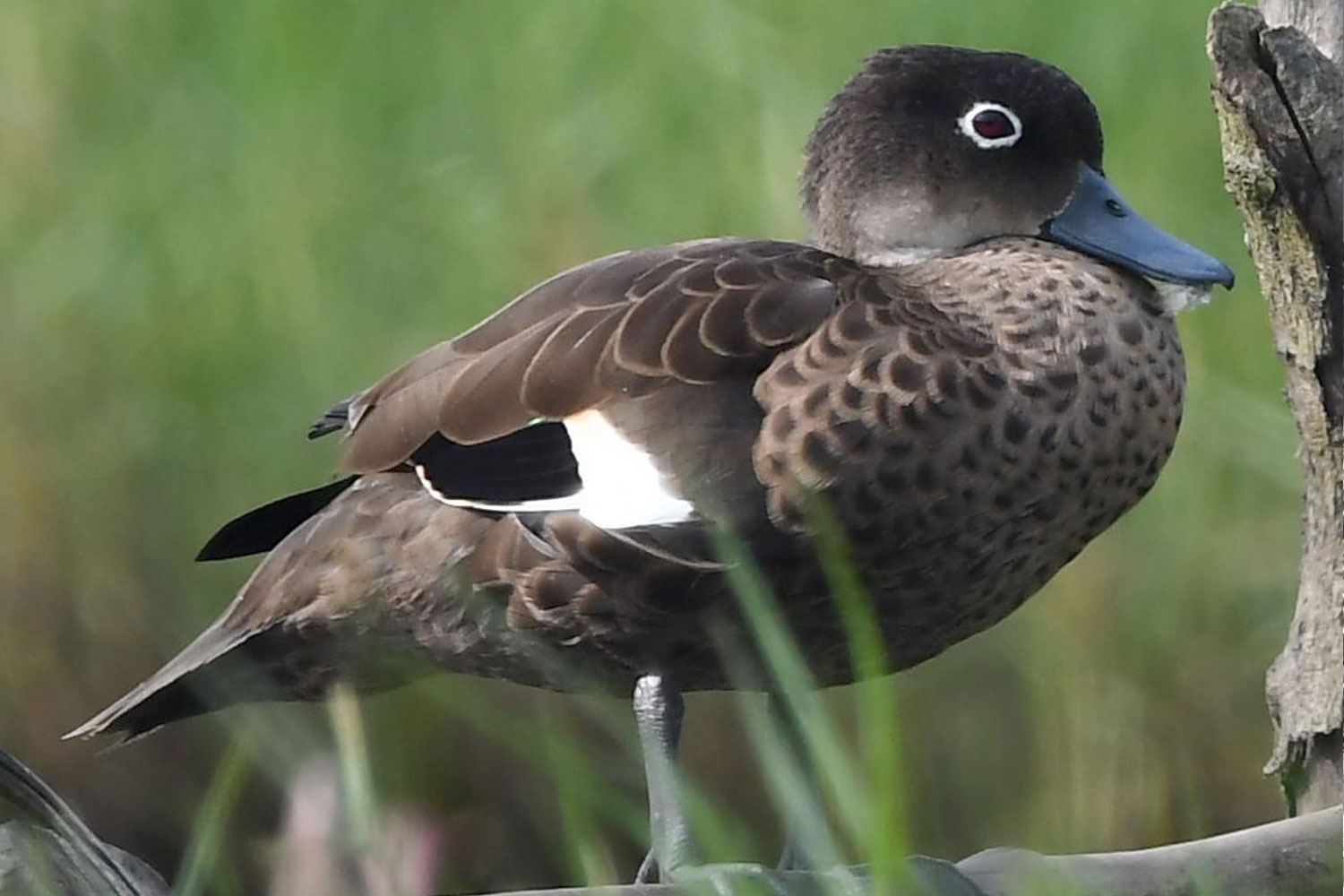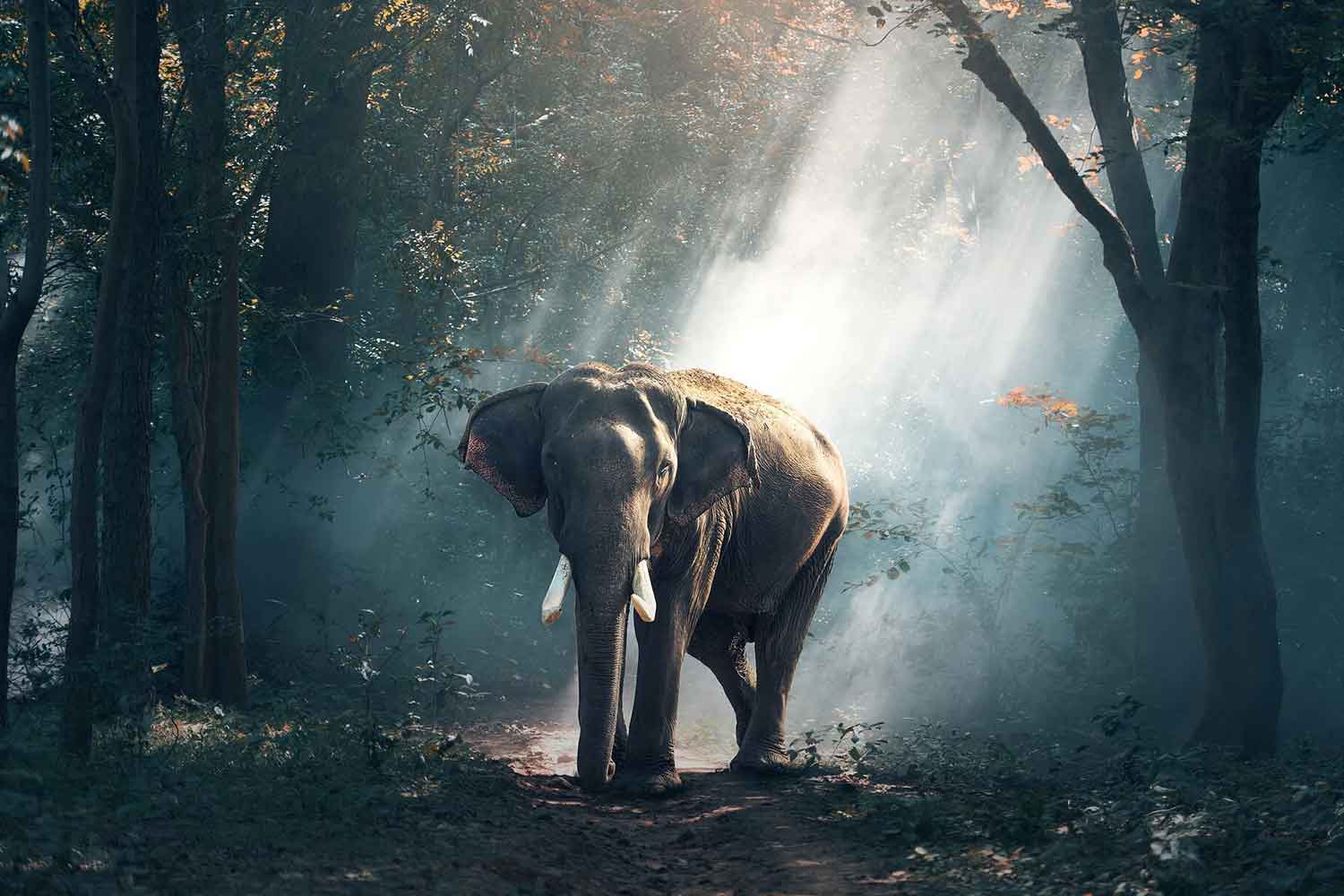Birding Trip Report – Agra, Bharatpur and Ranthambhore
Day-1: At 6 PM I picked up the guest from Hotel Park Inn by Radisson and commenced our onwards journey to Corbett National Park. The national park was 7 hrs drive from Delhi therefore en route we stopped at a restaurant for breakfast and continued our journey. By lunch, we reached Tiger Camp, an ecolodge which is situated on the banks of the Kosi river. After completing the check-in formalities, I met the guest in the evening and proceeded towards Garjiya Temple. It is a very prominent Devi Temple located in the outskirts of Corbett National Park. For locals, it is a sacred Shakti shrine sitting on a large rock in the Kosi River. On the way we had a wonderful sighting of various birds of North India, we spotted 4 species of Kingfisher- Crested, Pied, Common and White-throated Kingfishers. We also spotted 3 types of Wagtails – Grey, White-Browed & White wagtails, 2 types of Lapwings- River & Red-Wattled Lapwings, 2 species of Barbet – Brown-headed & Lineated Barbet, Slaty-blue flycatcher, Greater Goldenback, Plain Martin, Wallkeeper, by evening we returned to our resort.
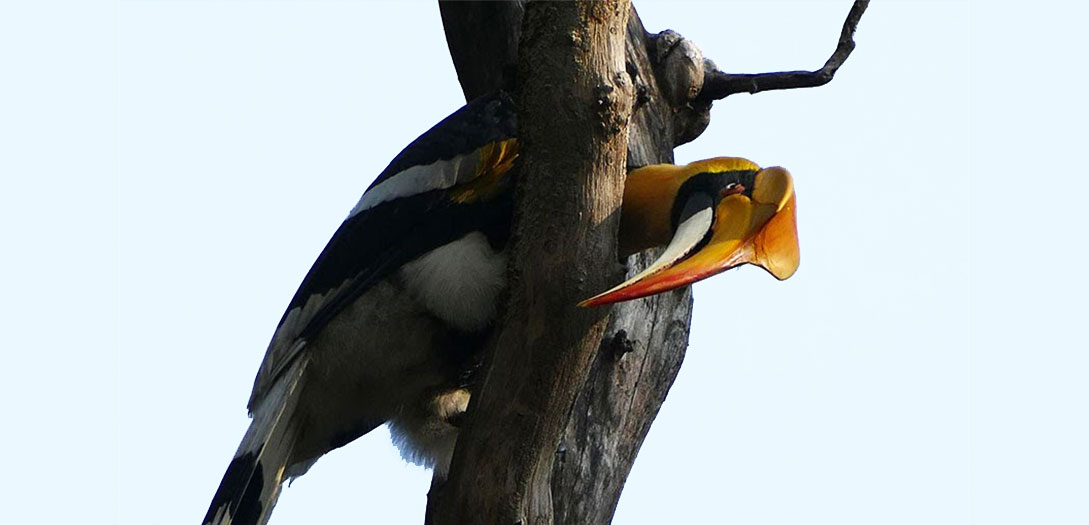
Day-2: We kick-started our second-day birding in Kumeria. It is a small Kumaon village, located 20 km away from Tiger Camp. Amongst the birdwatching community, the place rose to fame for harboring many endangered Himalayan species. As we set our foot inside this small village which is settled on the banks of Kosi river, we were amazed to see Ibisbill who was busy digging his long bill under the river gravel. As we moved further, we also sighted Brown Dipper, Pallas’s fish eagle, Black-chinned babbler, Black-crested Bulbul, Crested Fisher, Yellow-bellied fantail, Green-backed tit, Great tit, Rufous Woodpecker, Lesser yellow nape, and some common Himalayan birds. By Afternoon we returned to our resort, had our lunch, and braced ourselves for the first Tiger Safari of the tour. We entered the Bijrani zone, one of the principal buffer zones of Jim Corbett National Park where the Tiger population is considered to be the highest. On the way, we sighted several Himalayan & Spotted Deer but couldn’t catch the glimpse of the Bengal Tigers. By evening we returned to our resort without sighting a big cat.
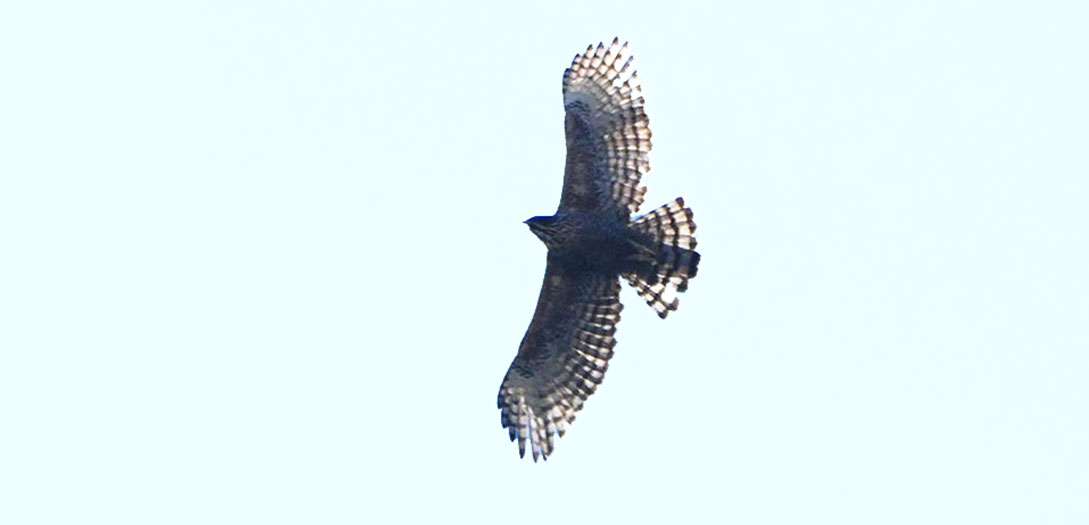
Day-3: On the third day we proceeded for a morning safari in the Jhirna zone, another important buffer zone of Corbett National Park. En route we spotted many striking birds such as Common Iora, Great Hornbill Himalayan Vulture, cinereous vulture, peregrine falcon, Bar-winged Flycatcher-shrike, Crested Treeswift, Black-hooded Oriole, Spotted Forktail and many more, when suddenly we could hear the roaring of a Bengal Tiger, it was difficult to spot him as he was concealed in the large clumps of this dense deciduous forest. We halted there for sometime waiting for the tiger to cross our pathway but it was in vain. The safari time ended and we returned to our resort.
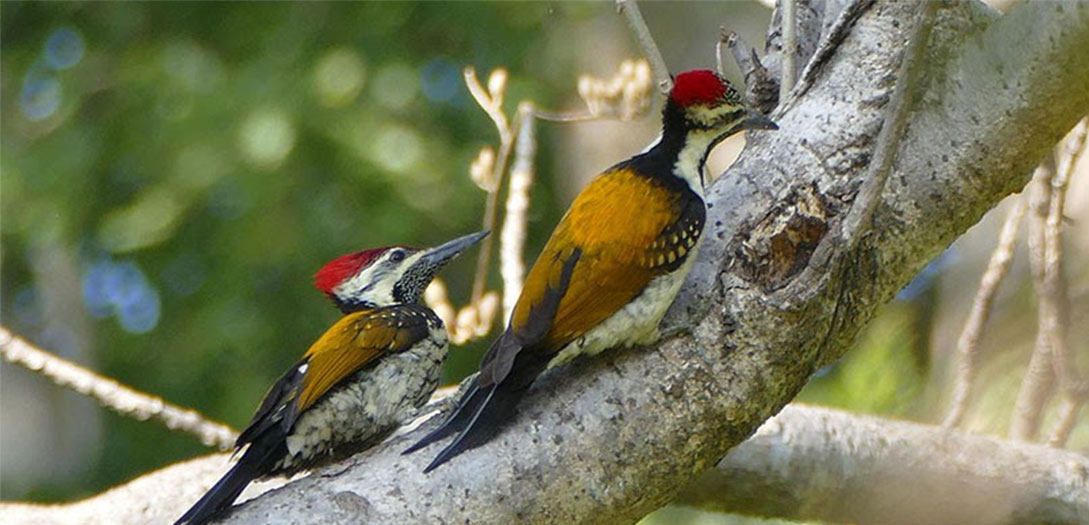
Day-4: It was our last day in Corbett. In the hope of sighting a Bengal Tiger, we got ready for the Final tiger safari in the Bijrani Zone before we checked out from our resort in Corbett National Park. We continued our journey to Pangot, the pheasant capital of the Himalayas. On the way, we got the opportunity to photograph several beautiful birds of Kumaon. We reached Pangot by evening, checked into the Jungle Lore Birding Lodge, which is also the premier birding lodge of India and prepared for our next day birding trip in this picturesque village of Uttarakhand.
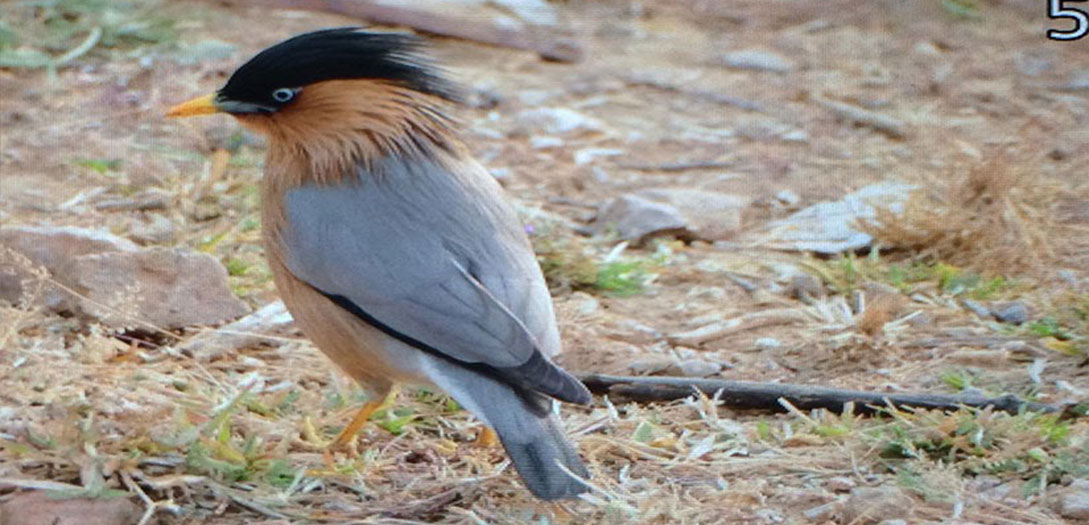
Day- 5: We got ready to explore one of the charming birding destinations in India. Cheer Point was our first stopover, the place is named after the critically endangered pheasant of the Himalayan belt. After a long trek in the region, we were successful in sighting Cheer Pheasant along with Koklass and Hill Patridge. Unlike other birds, Kalij Pheasant is a very common bird in Pangot and nearby places. We also sighted Asian Barred Owlet, Yellow-Bellied Green Finch, Blue-throated Barbet, Chestnut-bellied Rock Thrush, Himalayan Buzzard, Chestnut-crowned Laughingthrush & Rusty-cheeked Scimitar Babbler. By evening we went back to our birding lodge and prepared a list of target birds to be spotted in Sattal, another birding paradise in the Himalayas which is surrounded by the seven freshwater lakes.
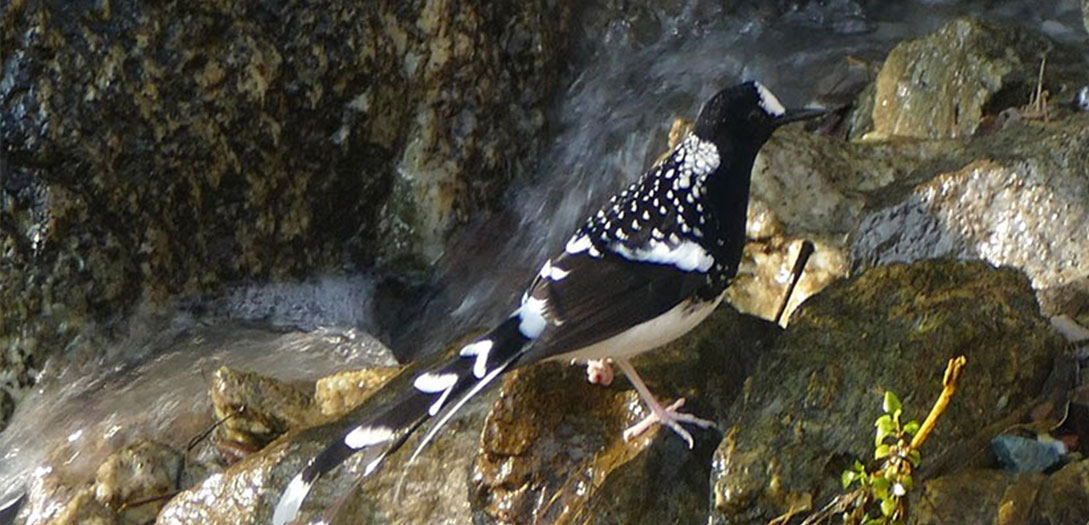
Day-6: In the morning after having our breakfast we proceeded towards Sattal. Over here we got amazing sightings of Grey-sided Bush Warbler, Brown-flanked Bush Warbler, Whistler’s Warbler, Brown Fish Owl, Greater Flameback, Lesser Yellownape & Greater Yellownape. This was the last day the following day the group left for Bharatpur Bird Sanctuary and Ranthambhore National Park India.


